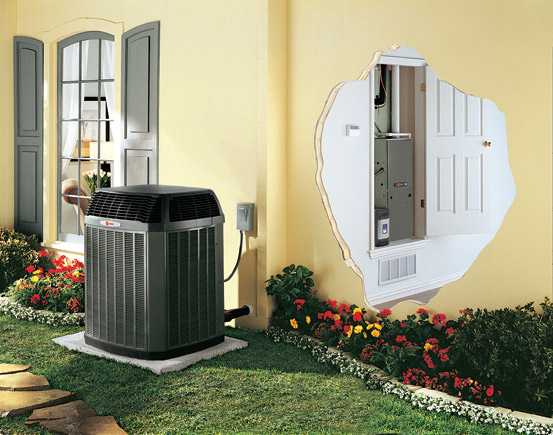Replacing or upgrading a central AC unit, whether it be a window-mount or portable AC, can be an important undertaking. Knowing enough to choose the right size and type of unit, as well as being familiar with key equipment features, helps to ensure that smarter decisions can be made. From learning a little basic terminology to finding equipment options that are able to produce superior performance while reducing energy usage, a little education can often make a huge difference.
Basic AC Terminology
There are a number of industry terms which can often leave prospective owners feeling lost or confused. Possessing the right vocabulary is often the first step towards finding the unit, system or equipment option that offers the best value. Here are some of the most common terms:
- Ton: AC capacity is measured in tons, with each ton equal to 12,000 BTU per hour. While few homeowners may need to be familiar with the specific measurements of a unit, terms like tons and air flow make it easier to determine the correct size, performance, and output of a unit.
- Air Flow: Air flow determines how much air the unit is able to circulate. As a general guideline, each ton of capacity usually translates to about 400 cubic feet per minute of air flow. This number may vary from one model to the next as well as other factors such as humidity levels.
- Energy Star: Energy Star is a program launched by the EPA. In order to be Energy Star certified, an AC unit or other HVAC component must meet or exceed all EPA guidelines and standards for energy-efficient operation.
Different Types of AC Units
There are different AC systems that have been designed meet a variety of needs. AC units will typically fall into one of the following categories:
- Central Air: These systems are typically much bigger than other units and are ideal for cooling buildings, homes and other more spacious environments. Central AC is often the only viable choice for cooling large interior areas.
- Window-Mount vs. Portable Units: Much smaller than a central air system, these AC units are designed to provide room or area-specific cooling. While ideal for use in an apartment or small home, these units may also be used in concern with central air in order to lower operational costs or to ensure superior cooling.
- Split Systems: Very similar to a window-mount AC unit, these systems utilize a unique design with major components being split between an indoor and outdoor unit. Split systems can offer a number of innovative features, such as enhanced energy efficiency.
Features and Options
Current generation AC units can offer a wide range of features. Energy efficient systems offer comparable performance to older model systems for a fraction of the operational cost. Units that have been designed for quiet operation or those that offer superior filtration for enhanced air quality may also be worth considering. With so many options and choices available, prospective owners would do well to consult with a professional before investing in a new system or unit.




